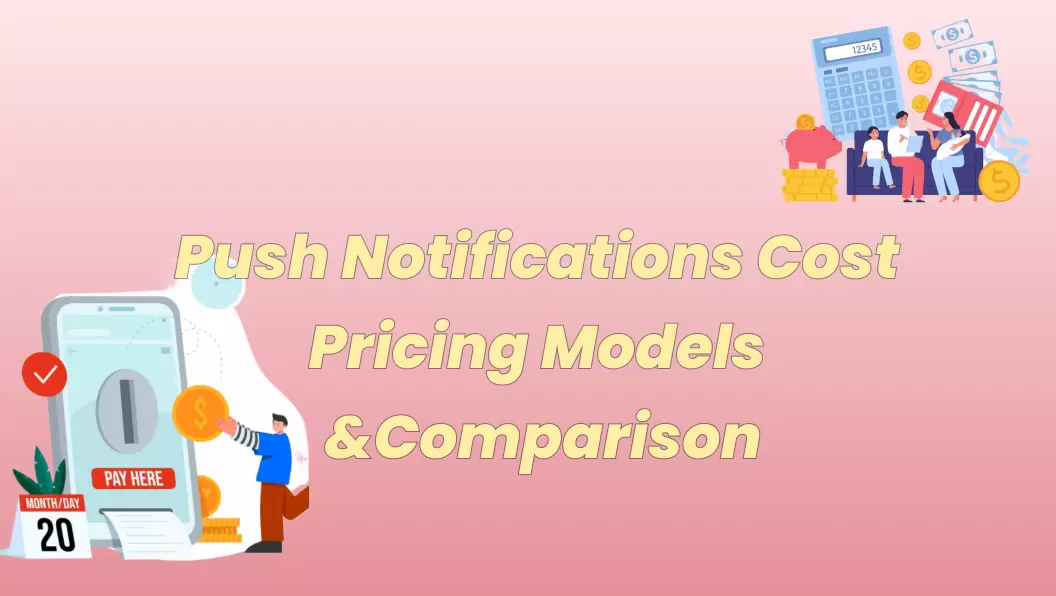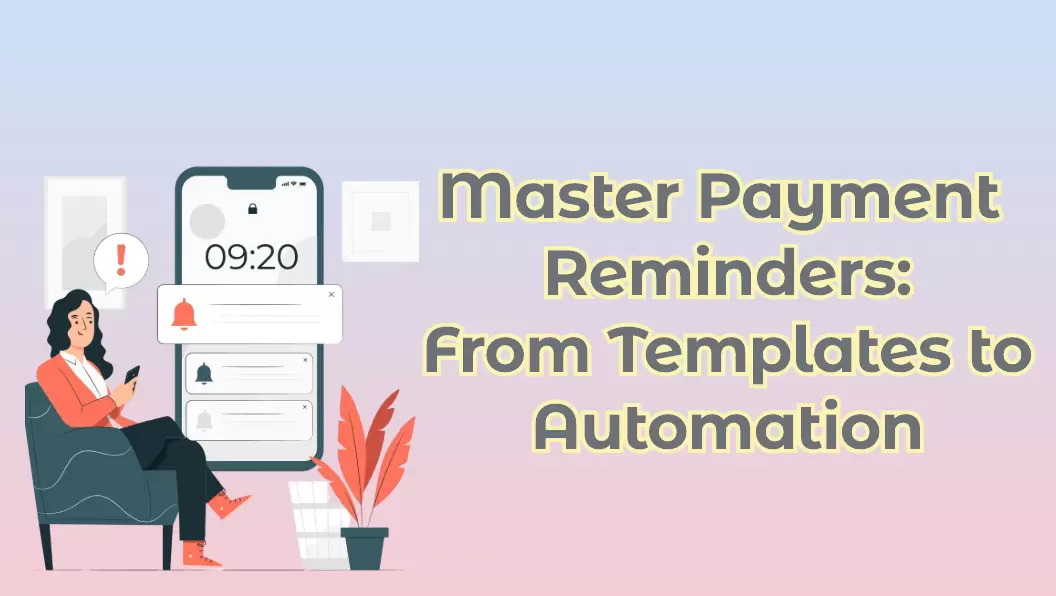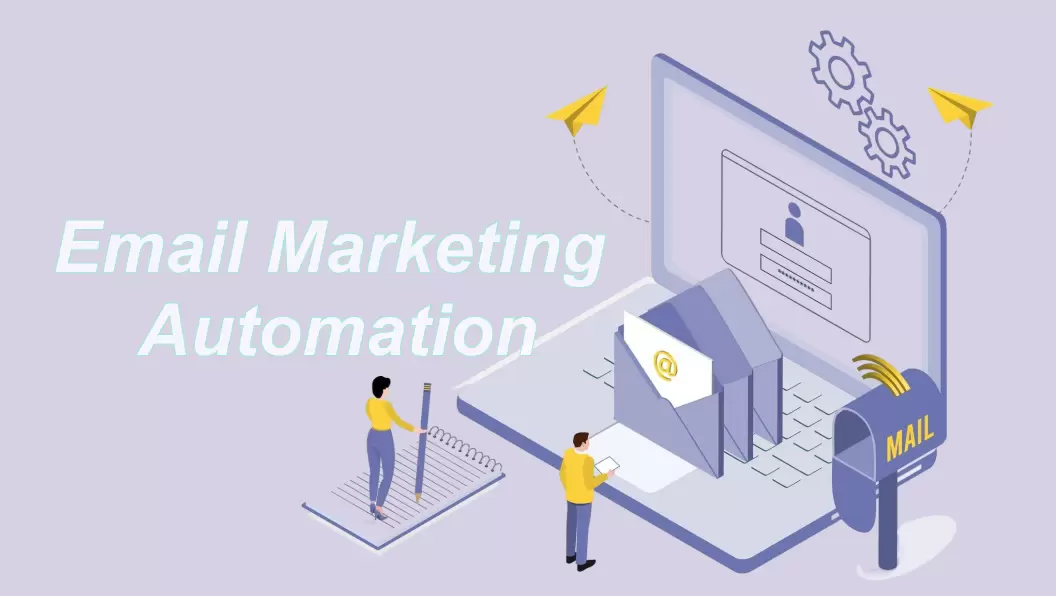Undoubtedly, understanding how much a customer is worth to your company is crucial. This value is known as the Lifetime Value of a customer or LTV, and it is a metric that every business needs to keep an eye on. It is no wonder that LTV marketing is a strategy that can bring amazing results.
In this article, we will dive into Lifetime Value, show you the LTV calculation formula, and show specific ways to improve it.
LTV Calculation for Your Business
 Definition
Definition
Lifetime Value, or Customer Lifetime Value, is a metric that estimates the total revenue you can expect from a single customer throughout the entire period of your relationship. In essence, it takes the customer's revenue value and compares it to the predicted customer lifespan.
As you understand, when you calculate LTV, you don't get just a number, but a valuable insight into how well your business is doing. For instance, a higher LTV indicates that your business is great at retaining your customers, which usually also reflects higher profits.
On the contrary, if the LTV calculation brings a lower number, then you need to work on your customer retention engagement some more.

However, there are many additional reasons why LTV should matter to you.
- Budget Allocation: When you learn how to calculate Lifetime Value, you can become more efficient in budget allocation. For example, if you discover that a customer is likely to bring you $1,000 over their lifetime, you might decide on a budget worth investing to acquire them.
- Strategic Planning: LTV is a metric that you should consider during your strategic planning regarding product development, pricing, and customer service. A higher LTV is a good indication that your customers are satisfied with your products and customer service, and you should take all the actions needed to maintain the same quality.
- Customer Retention: LTV is also the metric that shows you the importance of customer retention. When you increase your customers' LTV, you will also see an increase in your business's profitability.
- Attracting Investors: As a company, you know how important it is to secure funding from investors. A higher LTV is a positive indicator of a company's potential, and for this reason, investors will look at your business
How to Calculate Lifetime Value
 Formula
Formula
LTV = Average Purchase Value × Purchase Frequency × Customer Lifespan
-
Where:
- Average Purchase Value: This number is the average amount of money that a customer spends in a single transaction.
- Purchase Frequency: This number refers to how often a customer purchases over a specific period.
- Customer Lifespan: This number represents how long a customer continues to purchase from your company, on average.
The above LTV calculation formula is rather straightforward. However, we can also explain the steps for how to calculate lifetime value so that you can make the most out of it.
-
Steps:
- Determine the Average Purchase Value: You can calculate this by dividing total revenue by the number of purchases over a period.
- Estimate Purchase Frequency: You can calculate this by dividing the number of purchases by the number of unique customers over the same period.
- Calculate Customer Lifespan: Analyze your customer retention rates to find this number. For instance, if your customers typically come back to your business for three years, this is your customer lifespan.
- Plug the Numbers into the Formula: Replace all numbers in the LTV calculation formula.
-
Other factors:
However, this simple formula might not be enough for more complex businesses. In this case, you should consider some additional factors to calculate LTV.
- Customer Retention Rate: The longer you retain customers, the higher their LTV.
- Customer Acquisition Cost: The cost of acquiring a new customer can significantly affect your net LTV. Namely, a higher CAC reduces the LTV.
- Average Order Value: Higher AOVs will increase LTV.
- Customer Behavior: Consumer behavior plays a significant role in LTV. Spending patterns have a direct impact on LTV.
- Market Conditions: Economic factors will also affect customer spending and retention, ultimately impacting LTV.

How to Improve Your LTV with EngageLab:7 Data-Driven Strategies
If you are planning on investing in LTV marketing, you should learn the best ways to start improving this metric. In this section, we have selected the 7 most effective ways for improving your company's LTV.
#1 Enhance Customer Experience
Customer experience is one of the sure ways to keep your customers coming back to your business for a long time. Therefore, by providing a customer with an exceptional experience, you can also increase the LTV.
A few ways to increase your customer experience are these:
- Streamline the Purchase Process: Make it as easy as possible for customers to complete their purchases. Invest in optimizing the checkout process by reducing the number of steps in it and offering multiple payment options.
- Provide Exceptional Customer Service: Quick and customer service can enhance your customers' trust and satisfaction. Consider offering 24/7 customer support with multiple options available to your customers.

#2 Increase Average Order Value
Another way to increase your LTV is to increase the average amount customers spend per transaction. There are a few ways to motivate your customers to make more purchases, the most notable being the following:

- Cross-Selling: Recommend complementary products to your customers to motivate them to get more items than they originally intended. This will increase their order's value.
- Bundling Products: Another great technique is to offer bundles where customers can purchase multiple items together at a discounted price.
- Volume Discounts: Encourage bulk purchases with special discounts on larger quantities. A great example of this is the "Buy two, get one free" promotion that is often found in LTV marketing.
#3 Personalize Your Marketing Efforts
Personalization is a critical element in marketing nowadays. With a platform like EngageLab, you can create personalized campaigns tailored to the characteristics of your specific audience. Here's how you can implement personalized marketing:

- Segment Your Audience: Divide your customer base into segments to create targeted campaigns that resonate with each group’s unique interests and needs.
- Behavioral Targeting: You can also use data on customer behavior to bring them personalized recommendations.
#4 Implement a Loyalty Program
Loyalty programs are a tried-and-true method in LTV marketing. Therefore, it is worth investing in one if you want to increase your customer's Lifetime Value. Here are a couple of ways to do that:

- Referral Incentives: Encourage customers to refer friends and family by offering them rewards for successful referrals.
- Exclusive Perks: Give your loyal customers exclusive benefits, including early access to new products, special discounts, or free shipping.
#5 Utilize Deep Linking
Deep linking is a powerful tool that can significantly enhance user experience. If you learn how to use deep linking, you can boost your customer engagement and increase LTV. Here’s how deep linking can help:
- Reduce Friction in the Customer Journey: Deep links can direct customers straight to the content they are interested in at the moment. This reduces the number of steps they need to take, making it easier for them to complete a purchase.
- Personalized User Experience: With deep linking, you can create a personalized experience for each user by directing them to the content they most want to interact with.

#6 Focus on Customer Retention
As we've already established, customer retention is directly linked to LTV. Therefore, you should follow the best practices to ensure that your customers will remain engaged with your company.
And the great thing is that you can complete all these methods through EngageLab. Here are some of the most effective retention strategies:
- Real-time healthiness monitoring: In EngageLab's Dashboard, you can view retention curves for different groups of people, and detect abnormal fluctuation nodes at a glance.
- Intelligent Retention Workflow: When a user is labeled as "likely to churn within 7 days", multiple waves of retention strategies are available, such as On the 1st day, send App Push to remind the unused benefits → on the 3rd day, push the exclusive discount code → on the 5th day, trigger manual outbound call to follow up.

#7 Leverage Data and Analytics
Data and analytics are critical in every aspect of your LTV marketing. Therefore, you should make the most out of them when you calculate LTV.

For instance, EngageLab provides you with analytics of your campaigns that you can use to evaluate their success. Here's how to leverage data effectively:
- Predictive Analytics: Utilize predictive analytics to forecast future customer behavior based on preexisting data. This will allow you to predict the demand for a specific product in a certain period.
- Optimization of Marketing Campaigns: Keep analyzing the performance of your marketing campaigns to identify what works and what doesn’t. This data-driven approach optimizes your campaigns, which will not only bring better results but also increase LTV.
Transforming LTV into Your Strategic Growth Engine with EngageLab
Now, you have a good idea of how valuable Lifetime Value is as a metric. Use the LTV calculation to understand the long-term health and profitability of your business, as well as make strategic decisions that lead to further growth.
EngageLab's advanced features can critically boost customer LTV by enhancing engagement in your marketing campaigns. Leverage its tools to maximize lifetime value now.







